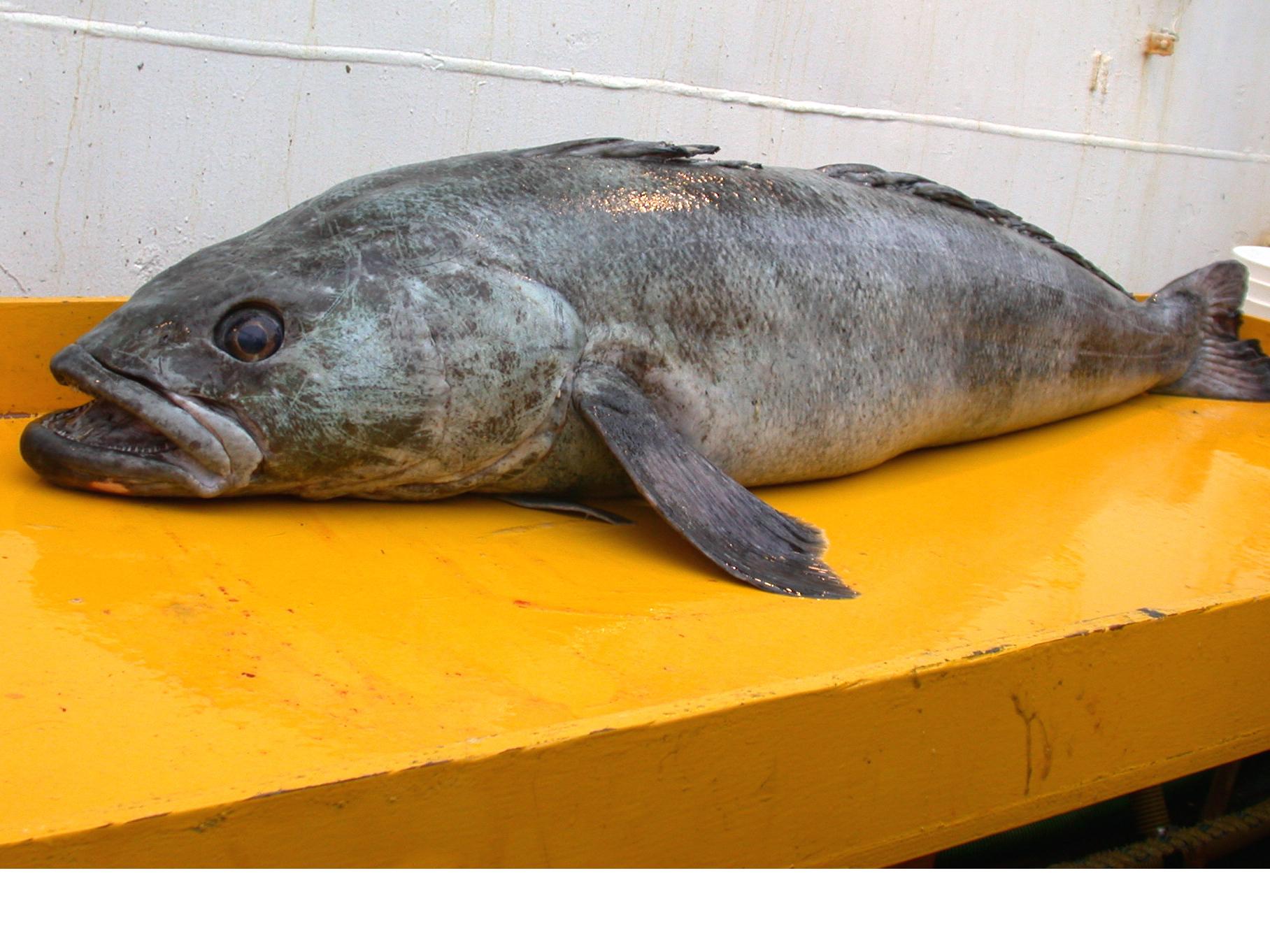Fishing boat caught with illegal 18-mile-long nets: 'A risk to almost all marine life'
Vessel involved in gillnetting in Antarctic region had repeatedly avoided capture
Your support helps us to tell the story
From reproductive rights to climate change to Big Tech, The Independent is on the ground when the story is developing. Whether it's investigating the financials of Elon Musk's pro-Trump PAC or producing our latest documentary, 'The A Word', which shines a light on the American women fighting for reproductive rights, we know how important it is to parse out the facts from the messaging.
At such a critical moment in US history, we need reporters on the ground. Your donation allows us to keep sending journalists to speak to both sides of the story.
The Independent is trusted by Americans across the entire political spectrum. And unlike many other quality news outlets, we choose not to lock Americans out of our reporting and analysis with paywalls. We believe quality journalism should be available to everyone, paid for by those who can afford it.
Your support makes all the difference.A fishing ship carrying 600 illegal nets stretching up to 18 miles has been seized after it escaped Chinese authorities, while using the flags of eight different countries to evade capture.
The vessel, STS-50, had targeted a cod species called Antarctic toothfish that plays an important role in the Southern Ocean ecosystem, according to Indonesia‘s fisheries ministry.
Its hundreds of gillnets had walls of fine mesh and could expand to a distance of 18 miles. Gillnetting has been banned in Antarctic waters since 2006 and is described by Australia as posing a “huge risk to almost all marine life, including marine mammals due to [its] indiscriminate nature”.
The use of the nets also harm seabirds including endangered albatrosses, the country’s environment department said on its website in 2011.
Indonesia was acting on a request from Interpol when it seized the officially stateless craft. It had eluded authorities by flying eight different flags at different times, including those of Sierra Leone, Togo, Cambodia, South Korea, Japan, Micronesia and Namibia, the ministry said in a statement.
Interpol contacted Indonesia last week with a request to investigate the vessel, fisheries minister Susi Pudjiastuti said in the statement.
“Navy ship Simeuleu conducted a ‘stop, investigate and detain’ operation on Friday and successfully seized the vessel,” she said.
The STS-50 had previously been detained by China, but escaped and was caught in the port of Maputo in Mozambique before fleeing again, Ms Pudjiastuti said.
Prior to its capture off the Indonesian island of Weh in the northwestern province of Aceh, the vessel had also operated under several other names including Sea Breeze, Andrey Dolgov, STD No. 2 and Aida, the statement said.
Shipping data in Thomson Reuters Eikon shows the 54m-long, 452-tonne vessel was built in 1985.

At the time of its capture, the STS-50 had 20 Indonesian and Russian crew, the ministry said. It was not immediately clear what would happen to them.
Navy deputy chief of staff Achmad Taufiqoerrochman was quoted in the statement as saying the Indonesian crew lacked travel documents and had been at sea for a long time without pay, indicating they may have been victims of trafficking.
Fishing for Antarctic toothfish is governed by the Convention for the Conservation of Antarctic Marine Living Resources, which forbids gillnet fishing and imposes strict rules on catches in the Southern Ocean.
“We want this to be an example for the world to not compromise with illegal fishing,” Ms Pudjiastuti said.
Indonesia has destroyed hundreds of foreign illegal fishing boats since 2014 in an effort to protect domestic fish stocks and fishermen.
In 2016, Indonesia assisted Interpol in the landmark capture of a giant Chinese-flagged vessel that had evaded Argentina’s navy and fled into international waters after it was suspected of illegal fishing there.
The same year, Indonesia sank a giant illegal toothfish fishing vessel that had operated under 12 different names and flown flags of at least eight different countries.
Reuters

Join our commenting forum
Join thought-provoking conversations, follow other Independent readers and see their replies
Comments